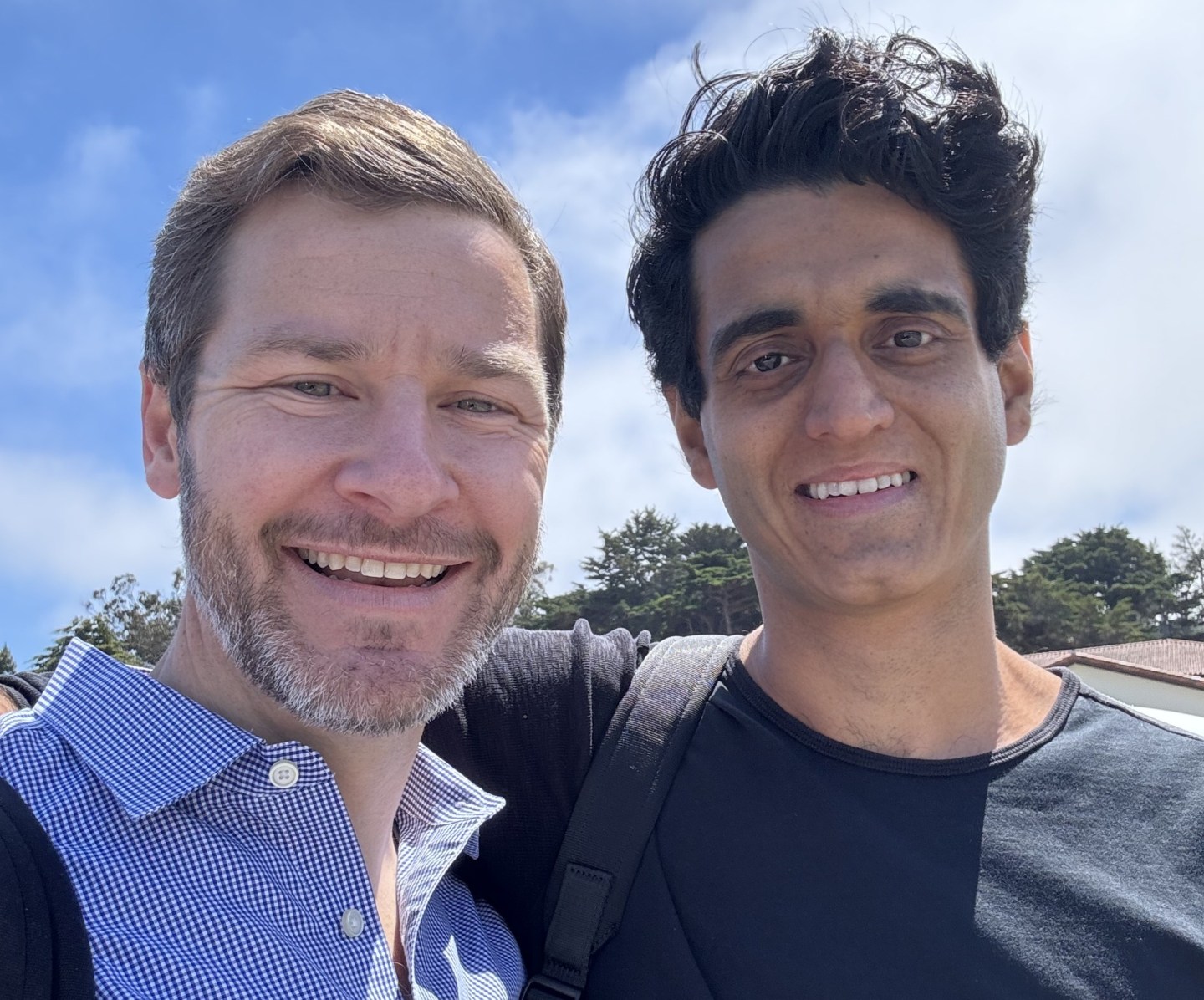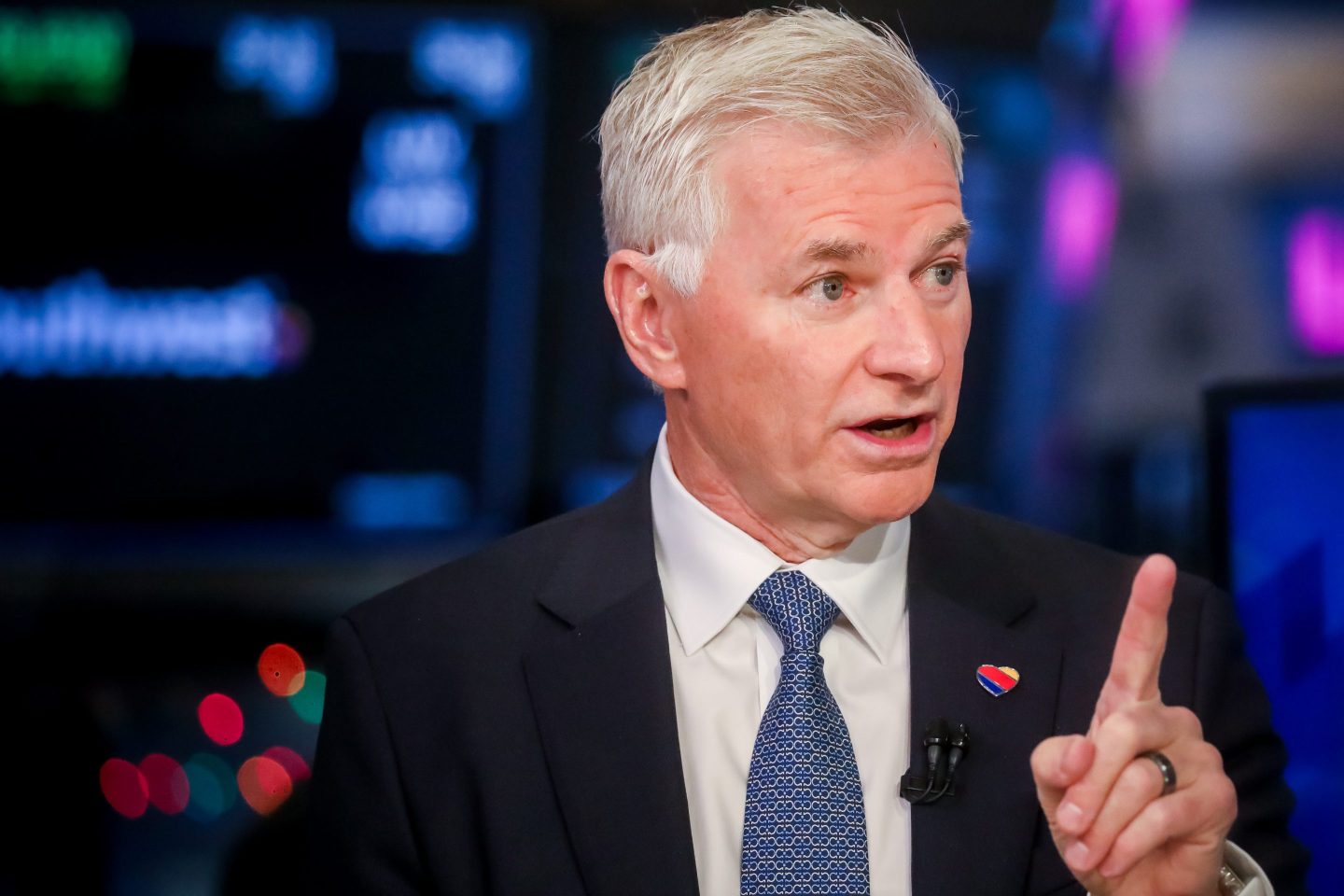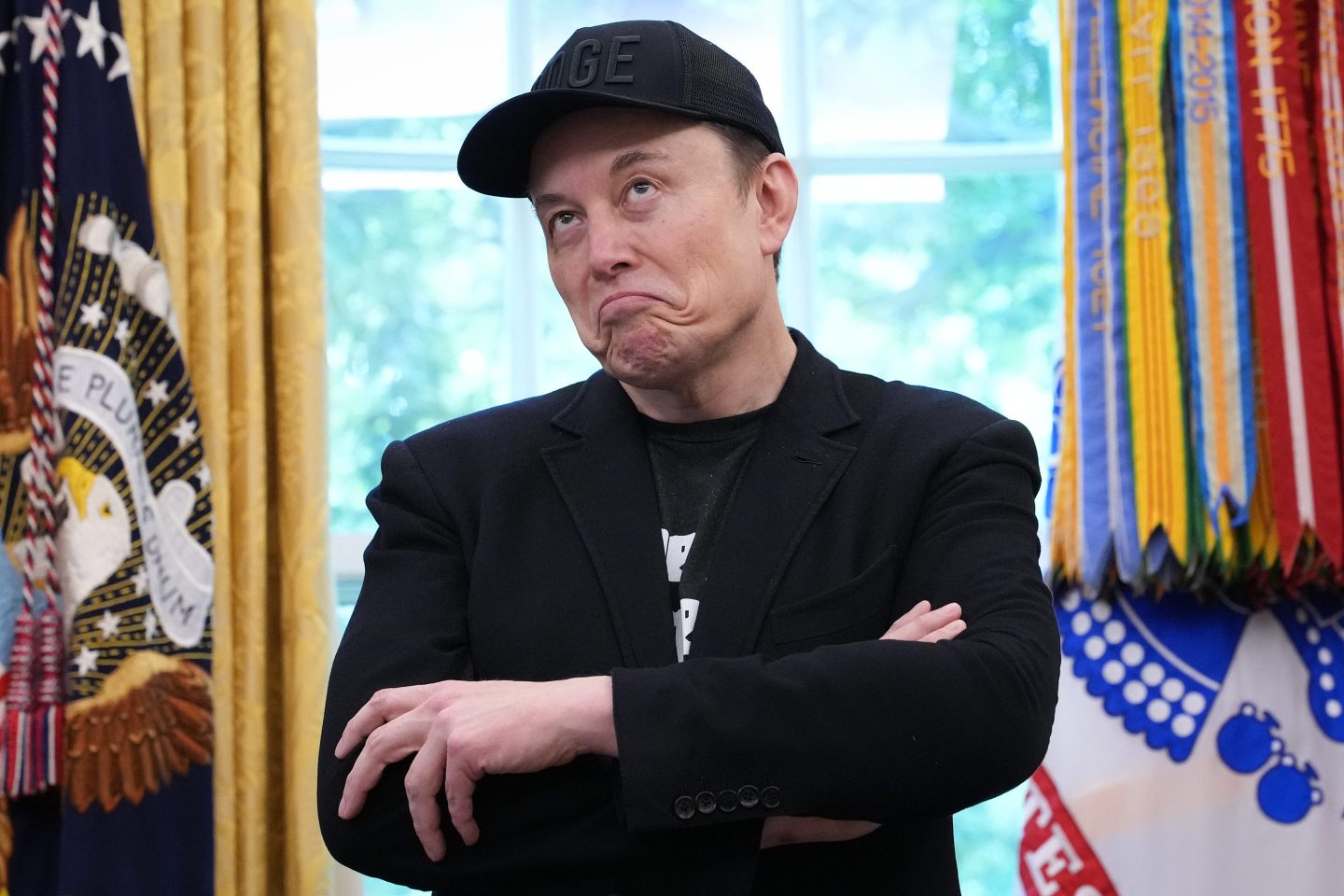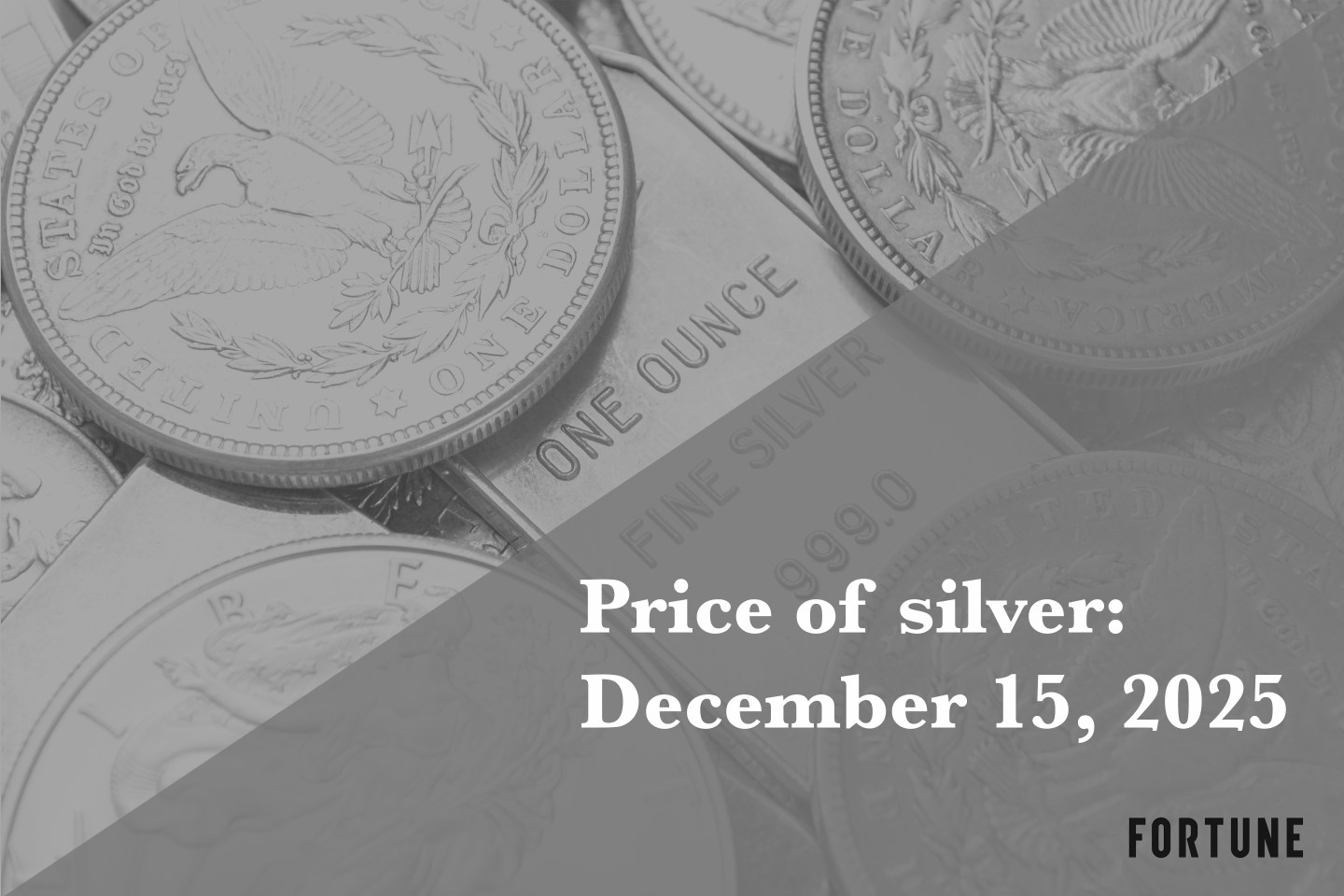This is the web version of raceAhead, Fortune’s daily newsletter on race, culture, and inclusive leadership. To get it delivered daily to your inbox, sign up here.
At a time when we worry major firms will curtail their diversity and inclusion initiatives, Intel is dialing their’s up.
Its most recent Corporate Responsibility Report set forth a wide range of important goals—from net positive water use to building out its human rights-minded supply chain programs. The goals are big, but the call to action is even bigger. “The world is facing challenges that we understand better each day as we collect and analyze more data, but they go unchecked without a collective response–from climate change to deep digital divides around the world to the current pandemic that has fundamentally changed all our lives,” said Intel CEO Bob Swan in a statement. “We can solve them, but only by working together.
At the heart of the report is a promise to double the number of underrepresented talent in senior management by 2030. That work falls to Barbara Whye, the company’s seemingly tireless chief diversity and inclusion officer, who is also their vice president of social impact and now oversees the Intel Foundation.
“The magnitude of these challenges really require new thinking, and we fully recognize that you can’t bring the same level of solutions to these global challenges that you have in the past,” she tells raceAhead, by phone.
Here are some highlights from our conversation, which has been edited and condensed for length and clarity.
Intel has achieved one interesting benchmark already, what you call “full market representation” of women and other underrepresented demographics. How do these new goals build on the work you’ve done already?
So, we started with just trying to prove out—despite what people were saying—that you couldn’t achieve full representation, or there is no talent, or there are pipeline issues. But we knew that was just one step of many steps; the next one is around sustaining that representation and growing it. So, how do we measure what it means to be included and make sure that we push the boundaries on what’s possible? That’s what we’re really trying to accomplish, and we can’t do that alone.
Part of the announcement is a new Global Inclusion Index which companies can use to track their own diversity progress. How will this work?
One of the first things that we’re going to do around this index is to survey other companies, tech and non-tech, and look for those best practices around inclusion.
To do that, we can’t bring Intel along alone, we’re looking specifically to partner, obviously with philanthropic organizations, government, academia, and just really pulling all the disciplines together to really tackle this in a unique and different way—new terminology, methodology, and practices—even getting on the same page about definitions. So that’s kind of the goal of what we’re trying to accomplish.
What’s one best practice anyone can take to the bank?
I just truly believe that one simple yet powerful solution to make inclusion work is to give it the same value as a business unit success—and make sure that a business unit leader or manager is held accountable to metrics, similar as you would for a roadmap or completing a technology schedule. We’ve done that with our annual performance bonuses, but it works throughout the fabric of the company. And I know that that’s going to show up in this index, and can help companies move from incremental change and take on a more innovative strength.
One of the things that Intel has been particularly good at, in raceAhead’s view, is acknowledging that friction should be expected as people work with others who are different from themselves. You’ve used it as a developmental opportunity, instead of avoiding the issue.
Yes, we think of it as a muscle—and I think some of that was how Intel grew up and how we evolved, because you may have heard we had this culture around candid and constructive conversations. Where I think we tried to really increase and build that muscle was to continuously adapt and continuously learn through the feedback that you’re getting from the employees—because each of us requires different things to experience belonging inside of a company. So the Warm Line [a service where employees could share friction with managers or issues related to feeling overlooked or excluded] was how we got data around the employee experience. And, when you really prioritize these diverse [teams] and allow people to lean into inclusive behaviors, you actually get a better product and a better solution on the other side.
What’s the endgame for the inclusion index?
I think what I want to accomplish and what Intel is trying to accomplish with this global inclusion index is to create the psychological safety for all of these companies to say, “Hey, we don’t have it right all the time. We are a learning culture. And let’s put our heads together to think about what are the solid principles around how we can drive inclusion faster in our workplaces.” Because when we do that, we’re actually creating better communities and creating better companies and better business results.
Ellen McGirt
@ellmcgirt
Ellen.McGirt@fortune.com
On point
The new Fortune 500 list has a record number of female CEOs And, because I know you care about these things, there are 37 women, of whom 34 are white, three are Asian, and zero are Black or Latina. Last year there were 33, which was then a record. In 2000, the number was two. Click through for the entire gender analysis, via my colleague Emma Hinchliffe.
Fortune
The new Top Companies for Multicultural Women list is out Working Mother reports that more companies have participated in the survey that precedes the list than ever before, a sign that companies are taking gender equity more seriously. The survey asks rigorous questions about hiring, retention, and advancement. L'Oréal USA, which earned the top spot, reports that 20% of its managers are multicultural women. The company requires diverse interview slates, ties executive compensation to diversity goals, and the CEO holds leaders accountable for the success of inclusion initiatives.
Working Mother
The White House is opting-out of hanging Barack Obama’s official presidential portrait It’s a pretty significant break from tradition, one that has long symbolized both the historical significance of the office and the peaceful transitions of power. President Donald Trump doesn’t seem to be interested, and Obama didn’t seem to want to participate anyway, according to the people who leaked these things to NBC News. "You've got a president who's talking about putting the previous one in legal jeopardy, to put it nicely. We have not seen a situation like that in history," presidential historian Michael Beschloss says. "It takes antipathy of a new president for a predecessor to a new level."
NBC News
Netflix’s Gentefied is renewed for a second season The half-hour Latinx dramedy is about three Mexican-American cousins struggling to thrive in a rapidly changing Los Angele, a boldly Spanglish look at their family business, immigration, identity, class, and modern life. The characters, created by first-time writers Marvin Lemus and Linda Yvette Chávez, first appeared in a Sundance Channel digital series in 2017. To celebrate the eight-episode renewal, the cast and creators will gather for a live virtual table read on Wednesday, May 20 on the Netflix Is A Joke YouTube channel to benefit Proyecto Pastoral, a nonprofit in Boyle Heights that is addressing the impacts of COVID-19 on their community.
Deadline
Coronavirus in the community
- The people who aren’t protesting the coronavirus lockdown? The working class.
- The Trump administration plans to end the deployment of the National Guard members who are doing virus-related support work just one day before many would qualify for additional education or retirement benefits.
- African Americans are being disproportionately hit by the pandemic. Is it their fault? Whites who score high in "racial resentment" say yes.
- Rikers Island is "the epicenter of the epicenter" of the pandemic, says the president of the Correction Officers' Benevolent Association.
- Rest in Power, Dr. James A. Mahoney: The beloved Brooklyn doctor devoted his life to his patients at the underserved public hospital where he contracted the coronavirus.
On background
Prayers all the way up for Little Richard There has been an enormous outpouring of love for the architect of rock and roll since his death 10 days ago at 87. Name it, and “Little Richard did it first,” says The Undefeated’s Jesse Washington in this stellar tribute. Richard Penniman was a deeply religious man, and will be laid to rest tomorrow at Oakwood University, the Huntsville, Ala. institution where he studied ministry after pausing his public career in the 1950s. "Ultimately, I think he landed in that sweet spot where he understood that Little Richard and Richard Penniman could both serve God," David Person, the spokesman for the Penniman family, tells WAAY News. David Ramsey, writing in the Oxford American, gracefully explores the star’s life and quest to “get right with God,” which started with a sign from the sky that turned out to be Sputnik. Perhaps the most surprising tribute came from the Vatican’s own newspaper, L'Osservatore Romano. I do not speak Italian, but the first line of this tribute certainly spoke to me: “Awopbopaloobopalopbamboom.” Go get it, cool Pope.
Vatican News
Remembering Mary McLeod Bethune The famed educator, and founder of Bethune-Cookman University, died 65 years ago yesterday. She’s worth remembering. Bethune forged unusually strong relationships with the white elite in her day, and the 15th child of former slaves spent her extraordinary political capital to provide what young Black people needed to thrive in terms of civil rights, education, health, and access to the full range of experiences that this country could offer. And she got stuff done: She founded the university with an initial investment of $1.50. I think she would have been enormously influential even in these strange, modern times. But click here for her bio, and tell me what you think. Then hear her voice, in this 1949 radio program, in which she was interviewed by her dear friend, Eleanor Roosevelt. Really.
WNYC
Are you an ethical leader? Part of the trouble is recognizing what the right thing to do is in any given situation. Neil Malhotra and Ken Shotts, two political economists at Stanford Graduate School of Business, teach a class called "Values-Based Leadership," designed to prepare future leaders to grapple with some of the big questions of the day—like what are values? How do you stay true to your own values while respecting the values of others in the organization? In this excellent Q&A, they take on everything from the pitfalls of gut instinct to the creeping rationalizations that produce the Theranos’s of the world. And then there is the leadership bubble. “Powerful people typically don’t perceive that other people are agreeing with them because of their role. They have to learn to recognize that,” cautions Malhotra.
Stanford Graduate School of Business
Today's mood board













